Of all the years Fiat chose to launch its new Spider sports car, it had to pick 1966. If the Italian giant had gone either side of this with its pert roadster, it would surely have garnered far more coverage and, perhaps, would be more widely regarded in today’s classic world. Instead, the 124 Spider arrived headlong into the whirlwind surrounding the Alfa Romeo Spider that had broken cover at the Geneva motor show earlier in the year, while Fiat waited until the Turin show toward the end of 1966 to unveil its open two-seater.
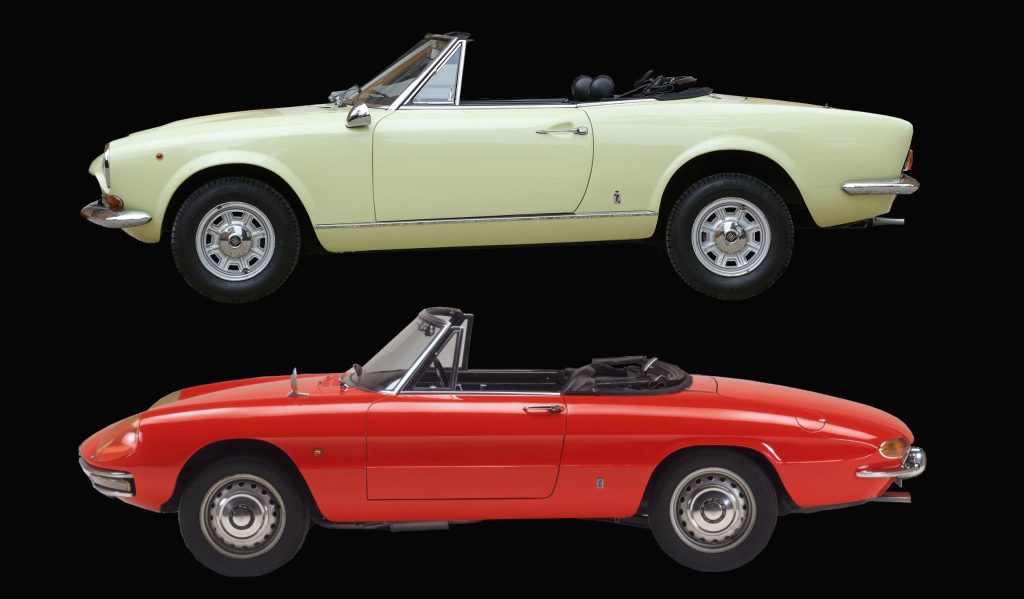
Both cars came from the Pininfarina studio, and while the Alfa was styled by Battista Pininfarina (the last car designed by him), the Fiat 124 Spider was the work of Dutch-American designer Tom Tjaarda. Undoubtedly pretty and the epitome of what a compact sporting roadster should be, the 124 was based on the same platform as the 124 coupe, but with a shortened wheelbase to keep the proportions spot on.

When you opened the bonnet, the twin-cam engine was nestled in there snug, and upon launch, the 1438cc unit made 90bhp. It was initially mated to a torque tube transmission, but in 1969 that was dropped, as it was prone to cracking, and it was replaced by a standard propshaft. Also in 1969, the 1.4-litre engine was upgraded to 1608cc twin-cam making 110bhp. It was just as perky as its predecessor, but a small bonnet bulge was needed to clear its twin carburettors. More engine upgrades followed in 1972, when the 1592cc and 1756cc engines from Fiat’s 132 range were fitted to the Spider, creating a new 1800 model alongside the existing 1600 version.
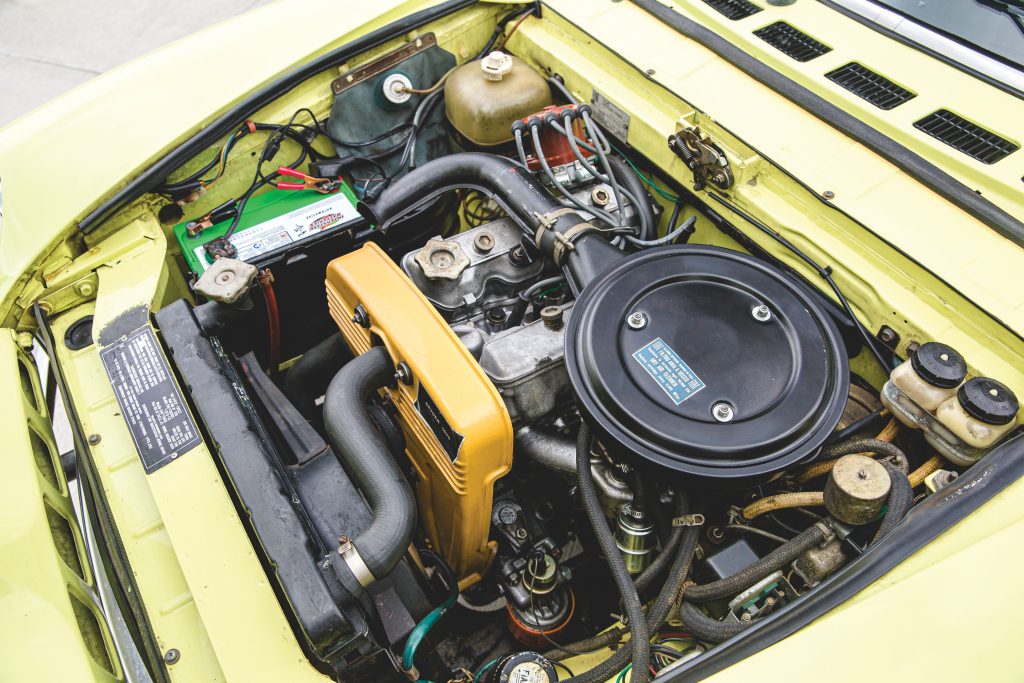
Also in 1972 came the 124 Abarth Rallye, a homologation special to take the 124 Spider into competition. It came with a 128bhp 1.8-litre twin-cam motor, coil-spring rear suspension, a roll cage, and lightweight body panels made from aluminium and glass fibre. In full rally-ready trim, the Abarth Rallye could be ordered with as much as 170bhp from the factory, but only 1013 were made to qualify it for rallying, and it was regarded as too loud and coarse as a road car.
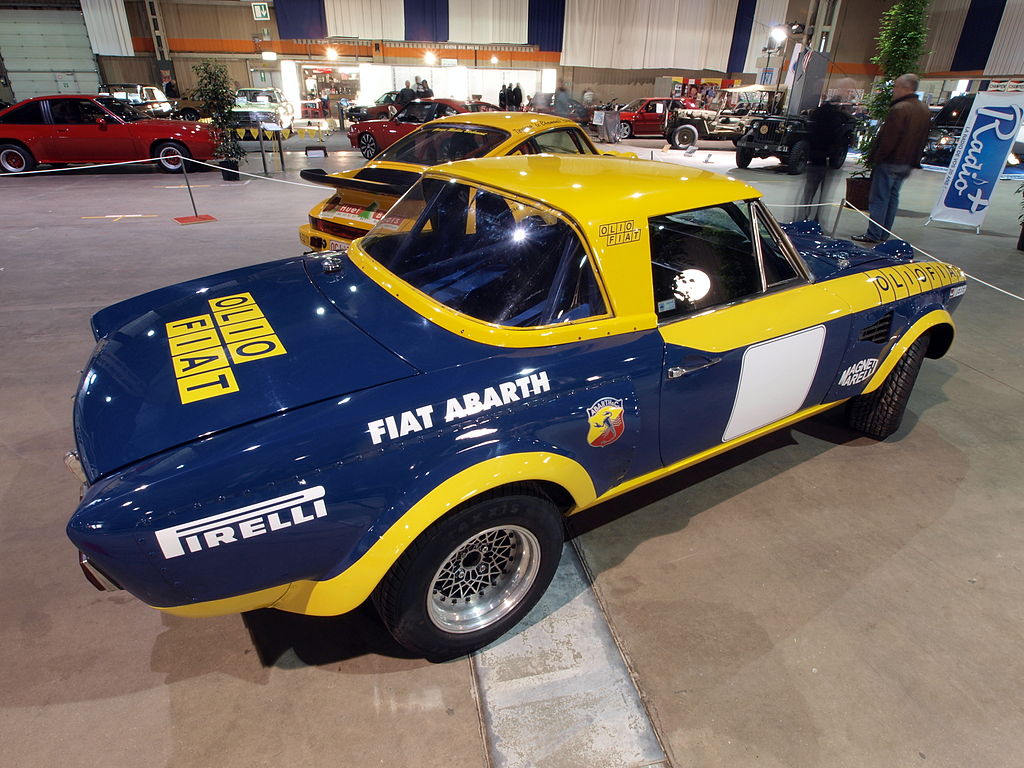
In the 124 Spider’s second decade, a second chapter began. European and other markets were cut off as Fiat concentrated on the US, where the car had always enjoyed its best sales. However, American-spec Spiders came with a measly 87bhp from their 1.8-litre engines. For 1978, output climbed to 100bhp with a 2.0-litre fuel-injected engine but came with an accompanying rise in suspension height to account for US crash regulations. That also necessitated heavy new bumpers.
To restore power to previous levels, Fiat offered a turbocharged version of the 124 Spider in 1981. The conversions were carried out by Legend Industries in New York and around 1200 were built, complete with Cromodora alloy wheels and unique badging. The turbo increased power to 125bhp. Meanwhile, European customers could once again order the 124, then called the Spider Europa, with a 105bhp 2.0-litre engine.
There was one last throw of the dice for the ageing 124 when Fiat offered a supercharged version of the 2.0, which bumped output to 135bhp. It worked well in the Spider, but only 500 were built by the time the two-seat Fiat ended production in 1985, two decades after it debuted. All were made with left-hand drive, but several were converted to right-hand drive for the UK market using 124 coupe parts.
What’s a 124 Spider Like to Drive?
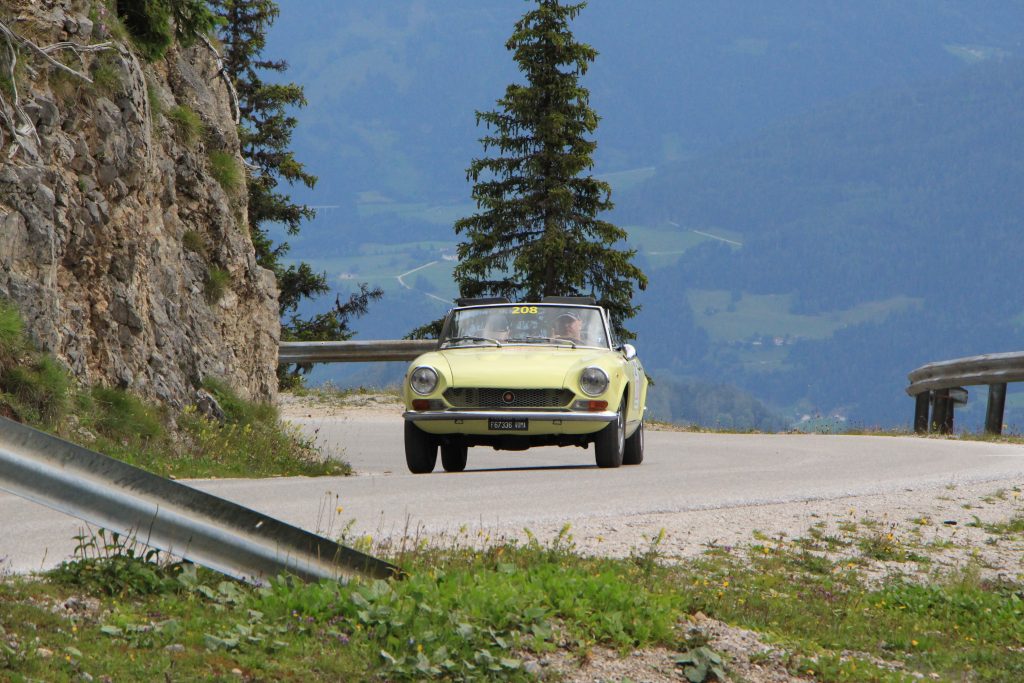
When it came to two-seat affordable roadsters in the mid-1960s, buyers were spoilt for choice. At first glance, given the 124’s specs, Fiat didn’t do much to make the Spider stand out from that crowd. However, the 90bhp 1.4-litre engine thrives on revs, so you have to work it quite hard. Driven this way, it sounds good thanks to the induction noise from the carb and the exhaust note, and it has a bit more bass and growl than you’d expect from a small-capacity four-cylinder.
The five-speed manual gearbox has a pleasingly accurate feel, and the ratios are spread evenly to make the most of the engine’s power. Off the mark, an early Spider could cover 0–60mph in 10.9 seconds and top out at 109mph, but more relevant today is that you can easily keep up with traffic on A-roads and motorways. This makes the Fiat a very usable classic, regardless of which engine you choose, though we’d probably avoid the more gutless US-only models from 1975 to 1978.
Whichever engine you prefer, the rear-drive setup of the 124 Spider makes it enjoyable to sift through a series of corners to find the limits of the car. Turn-in is good and there’s plenty of mid-corner grip and steering feel. You’re unlikely to experience any oversteer, unless the tyres are worn or the road is greasy, so the 124 Spider is a car anyone can drive with confidence, especially as it is aided by disc brakes all-round. It’s also decent at flowing with the road over bumps and, at the risk of upsetting MG drivers, is smoother and more refined than a B roadster.
With the roof up in a car that has been looked after, you shouldn’t find any rain getting in past the seals. There is a fair degree of wind noise, which is true of any of the 124’s rivals, but the hood is quick and easy to operate. You also get a decent boot, and there’s more storage behind the seats on a bench that is optimistically trimmed as if it might accommodate children. It won’t. The rest of the Spider’s cabin is simple and easy to live with, though you will have to remember the heater controls are quirkily placed down by the handbrake lever.
How Much Does a 124 Spider Cost?
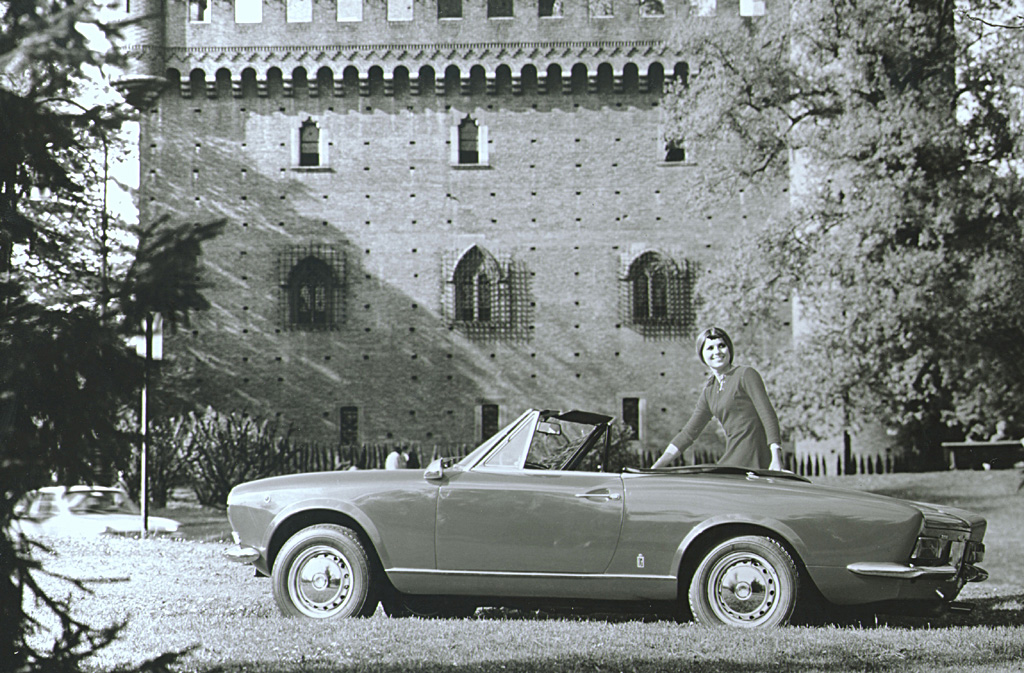
Any Fiat 124 Spider in running order but in need of work to the mechanics and cosmetics will cost around £4500. As with most classic cars, it’s wiser to look at increasing your budget to buy a car in better condition than it is to spend far more sorting a rough car. A 124 Spider in decent order that you can use and enjoy, without worrying about it going out in the rain, will cost around £8000 for a 2.0-litre model, £9500 for a 1.6- or 1.8-litre car, and around £10,500 for a sorted 1.4.
Smarter examples of the 124 Spider see prices separating out depending on the engine. The early 1.4 is the most sought-after, with the best bringing close to £30,000. A 1.6 or 1.8 can fetch up to £21,500 in the same condition, while the later 2.0-litre tops out at around £19,000 in today’s market.
The outlier here is the Abarth Rallye version of the 124 Spider, which enjoys far higher values thanks to its competition pedigree and rarity. Find one that needs a lot of work and you might pay £32,000, but a properly restored Abarth is going to cost you £80,000, which is still a lot less than it cost whoever paid for the restoration work.
What Goes Wrong and What Should You Look for When Buying a 124 Spider?
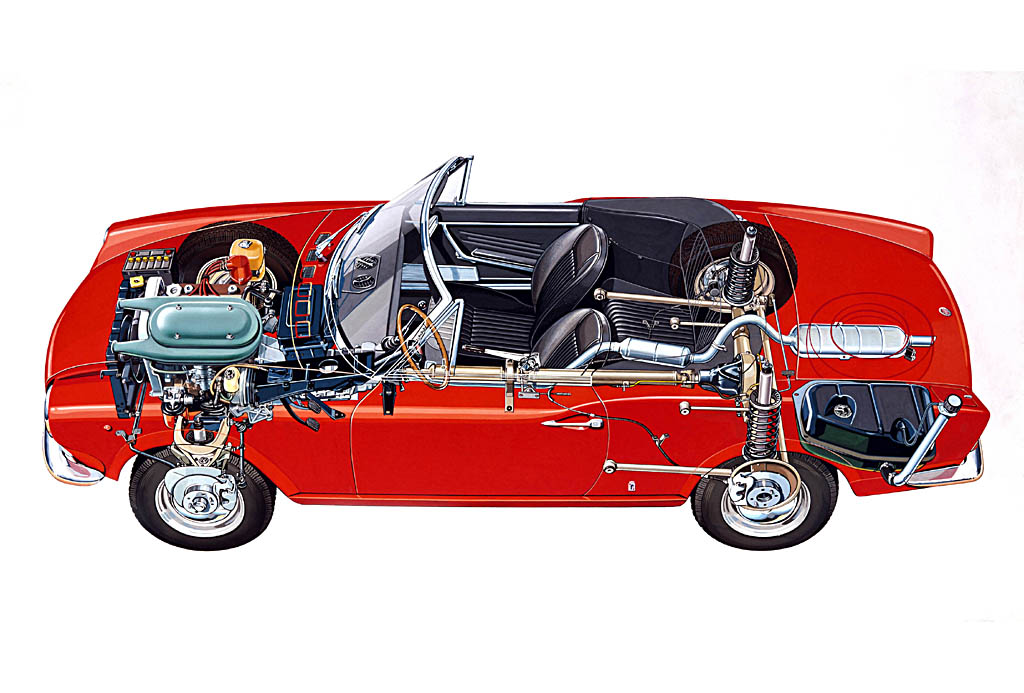
There are no particular weak spots with the Fiat 124 Spider, beyond the usual problems any classic roadster from this period can experience. When it comes to corrosion, European buyers may be tempted to import a car from a US dry state, though this is no guarantee the car will be rot free, and it can also pose other potential problems with faded paint and cracked trim.
With any 124 Spider, the areas to look for rot present like the greatest hits of classic car rust traps. This means inspecting the wheel arches, wing edges, sills, floorpans, chassis legs, front suspension crossmember, boot lid, and inner wings with a wary eye. Stand back and have a good look at the panel gap around the doors. If they have closed up at any point, especially toward the top of the doors, it’s a good indicator the car’s shell is seriously weakened by rust.
The suspension, steering, and brakes are all simple to work on and parts are available, with many shared by other Fiat models of the period. The engine and gearbox are more bespoke to the 124 Spider, and there was an automatic transmission offered in the US. Unless you really want this, we’d stick with the manuals, where you just need to make sure it doesn’t pop out of gear under acceleration or make any rumbling noises.
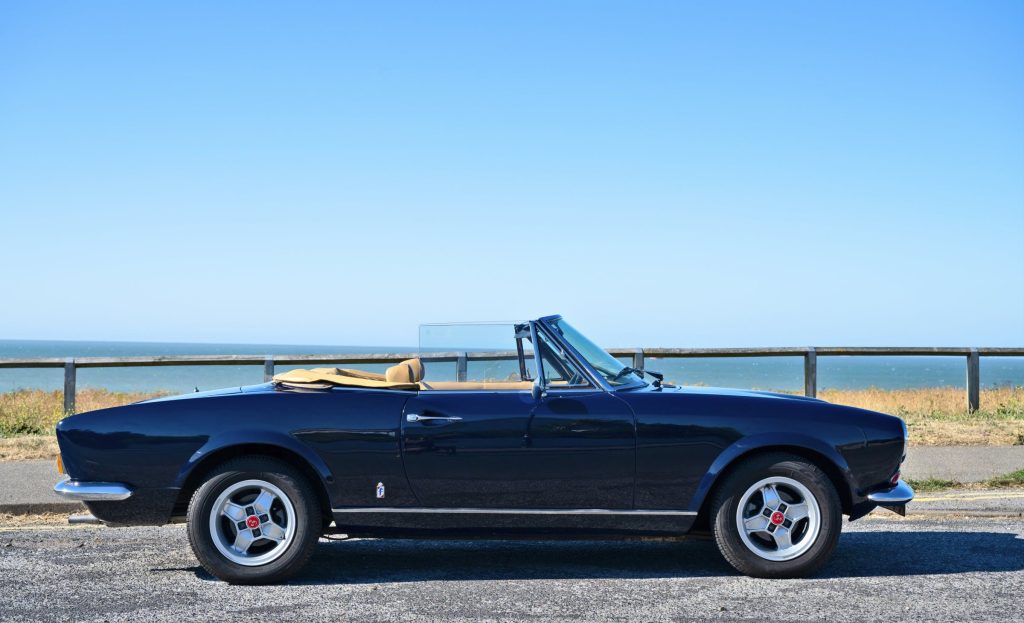
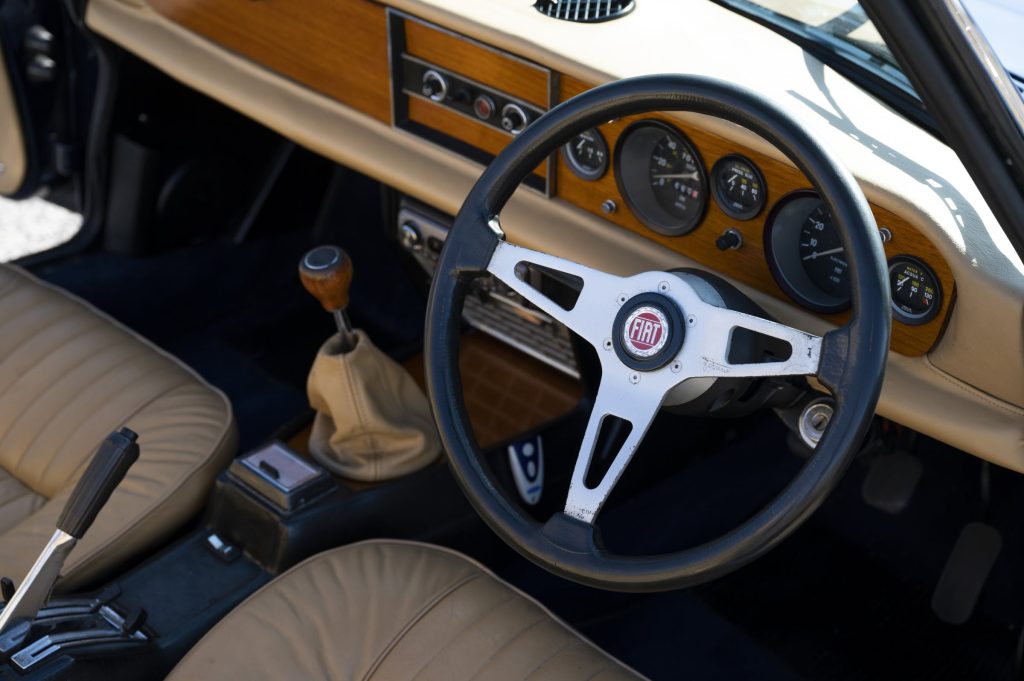
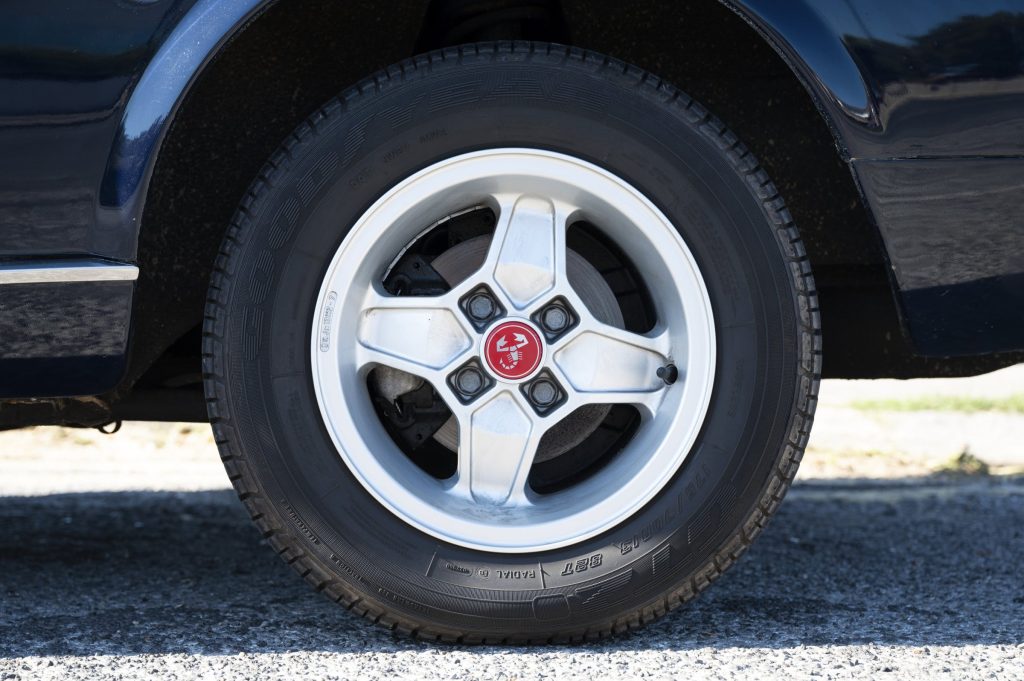
Fiat 124 Spider engines tend to leak a little oil as a habit, so don’t fret over a light misting, but do check for more serious drips underneath the car. The oil sump sits low to the ground in the 124 and gets knocked about, which can lead to oil loss. Back on top of the engine, US imports may have extra hoses related to the original smog equipment. This can be deleted for use in the UK and Europe, but some US states will insist on them being present and working. Give the cooling system a thorough going over for leaks and splits in hoses, and look to see of the head gasket has leaked due to low coolant level.
Most electrical issues will be caused by a poor ground or elderly components, but a common complaint among 124 Spider owners is dim headlights with the original setup. This can be improved with modern bulbs or even an LED conversion. Rear lights for the early 1.4-litre cars are now hard to find, so be sure they are not damaged.
A visual inspection of the 124 Spider’s roof should quickly tell you if it needs to be repaired or replaced. A new hood in vinyl is around £350 and is a relatively simple DIY job to fit. With the rest of the 124 Spider’s interior, make sure all of the buttons, dials, badges, and switches are present, as they can be hard to track down, and there are differences between the years that purists will be keen to get right.
Which Is the Right 124 Spider for You?
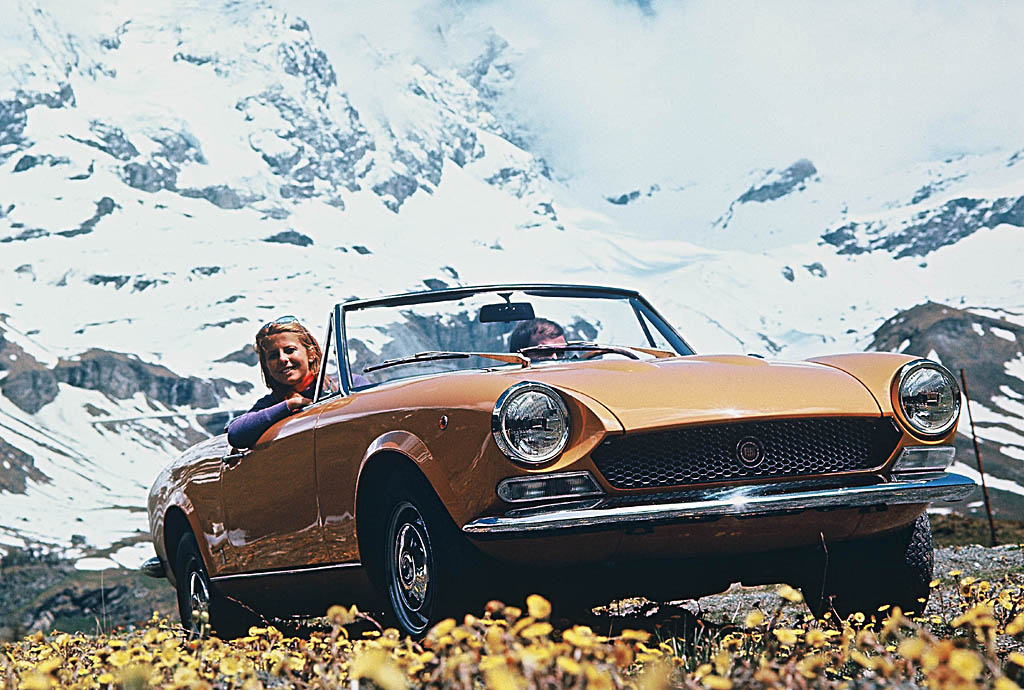
A Fiat 124 Spider in rude health is a car that will quickly win you over with its crisp engine response and exhaust note, its sharp steering, and its deft handling. The 124 is quick enough to keep pace with modern traffic and also sufficiently comfortable to put up with daily use. If anything, it’s a car that thrives on regular exercise to ward off niggling problems.
Fiat built nearly 200,000 of its 124 Spiders, and almost all are left-hand drive, which is much less of an issue in the UK than you might think. All it requires is some familiarity and a modicum of extra planning when swapping lanes or overtaking. There are usually one or two right-hand-drive conversions on sale at any given time if you really must sit on the right, but this does also limit the pool of cars you can choose from.
The only engine we’d avoid is the 87bhp 1.8-litre lump from US-only cars of 1977–78, as you can have a much perkier 1.6- or 2.0-litre Spider for the same money. To enjoy the 124 Spider in its original form, the 90bhp 1.4 is a real joy to drive and use, but for most potential buyers we reckon the 110bhp 1.6 is the pick of the bunch, not only because there are plenty around, but because its performance and usability are perfectly in keeping with the Fiat’s zesty nature.
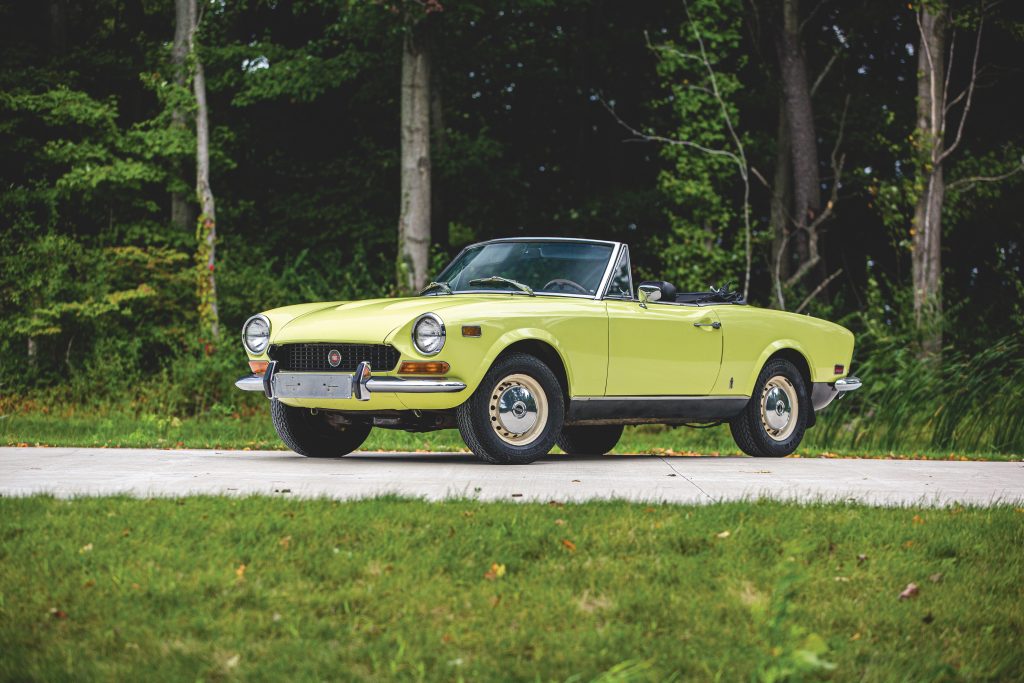










Took me a lot longer than 7 minutes but it was because it was entirely like music to saver